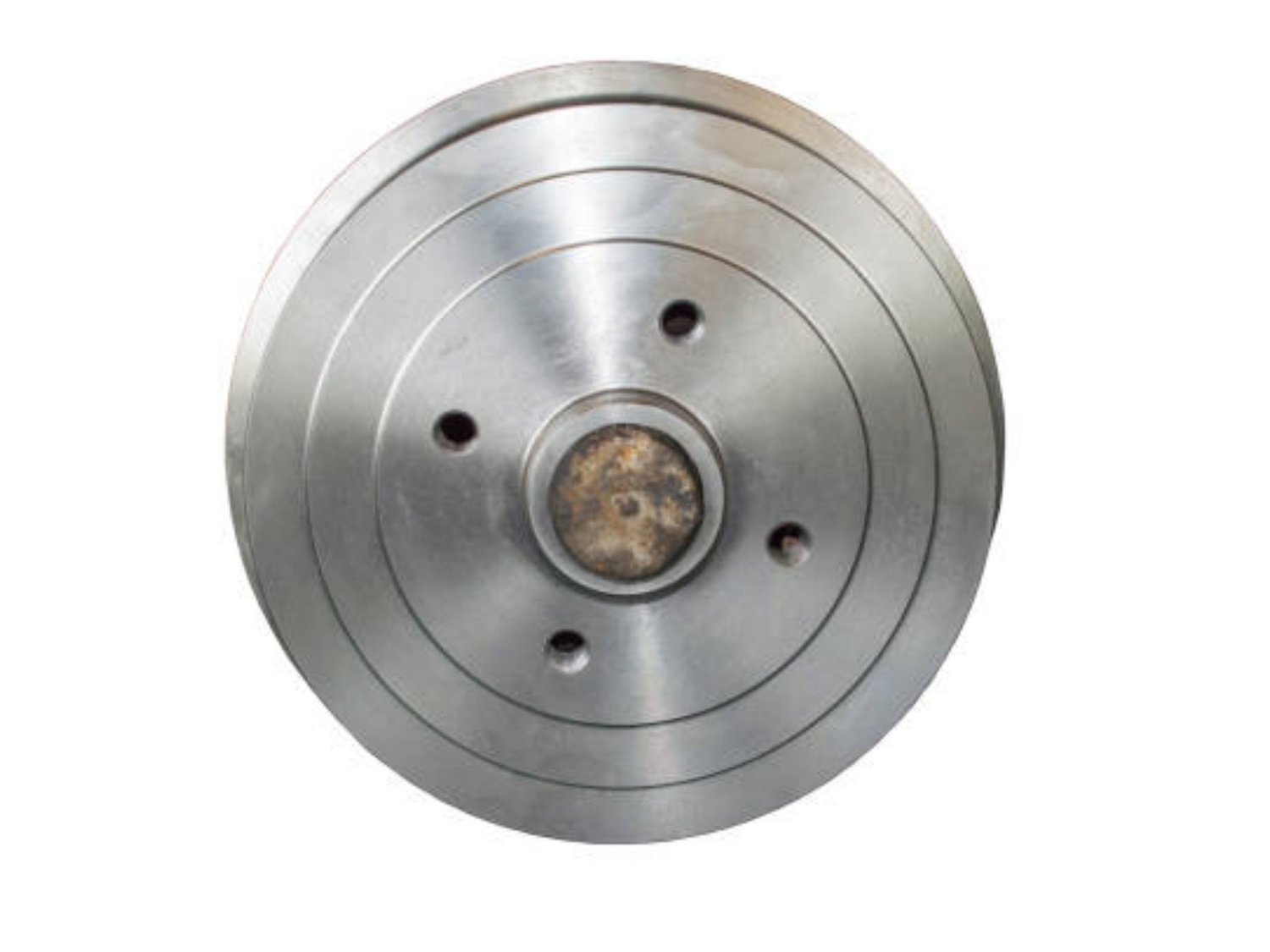Introduction
spirol disc springs are a versatile and powerful mechanical component used in a wide range of applications. These springs, also known as Belleville washers, offer numerous advantages over traditional coil springs, making them a popular choice in industries such as automotive, aerospace, and manufacturing. In this comprehensive guide, we will dive deep into the world of Spirol disc springs, exploring their construction, function, applications, and benefits. So, let's get started!
1. Understanding Spirol Disc Springs
Spirol disc springs are conically shaped washers made from high-quality spring steel. They are designed to provide a predictable and repeatable spring rate, ensuring consistent performance in demanding applications. These springs are characterized by their unique geometry, which allows for high load capacity and deflection while maintaining a small footprint.
2. Construction and Design of Spirol Disc Springs
Typically, Spirol disc springs are manufactured through a precise stamping process. The use of high-quality spring steel ensures excellent fatigue resistance and durability. The springs are available in various sizes, materials, and thicknesses, allowing for customization based on specific application requirements. Their conical shape, with a taper on both sides, enables them to store and release energy efficiently.
3. Function and Working Principle of Spiral Disc Springs
The primary function of Spirol disc springs is to provide a controlled amount of axial loading and deflection. When a load is applied, the spring flattens, allowing for the absorption of energy. As the load is released, the spring returns to its original shape, releasing the stored energy. This unique behavior makes Spirol disc springs ideal for applications requiring high force and deflection, such as valve actuators, clutch systems, and shock absorbers.
4. Applications of Spirol Disc Springs
Spirol disc springs find applications in various industries due to their exceptional performance characteristics. Some common uses include:
- Valve assemblies in the oil and gas industry
- Automotive suspension systems
- High-pressure sealing applications
- Pump and compressor systems
- Electrical connectors
5. Advantages of Spirol Disc Springs
Spirol disc springs offer several advantages over traditional coil springs and other types of mechanical springs. These advantages include:
- High load capacity and deflection capability
- Compact size and space-saving design
- Predictable and repeatable spring rate
- Excellent fatigue resistance
- Reduced vibrations and noise
- Ability to handle high temperatures and corrosive environments
6. Proper Installation and Maintenance
Installing Spirol disc springs correctly is crucial to ensure optimal performance and longevity. It is essential to follow the manufacturer's guidelines and recommendations for installation, including proper alignment and torque specifications. Regular inspection and maintenance can help identify any signs of wear or fatigue, ensuring the springs are replaced before failure occurs.
7. Choosing the Right Spirol Disc Spring
When selecting Spirol disc springs for a specific application, several factors need to be considered. These include the required load capacity, deflection range, operating temperature, and environmental conditions. Consulting with an experienced engineer or spring manufacturer can help determine the most suitable disc spring configuration and material for the desired application.
8. Spirol Disc Springs vs. Coil Springs
While coil springs are widely used, Spirol disc springs offer several advantages that make them a preferred choice in many applications. Unlike coil springs, disc springs provide a much higher load capacity for a given size. They also offer a predictable spring rate, ensuring consistent performance. Additionally, disc springs have a smaller footprint, allowing for space-saving design.
9. Common Challenges and Troubleshooting
Although Spirol disc springs are highly reliable, there are some common challenges that may arise. These include excessive spring stress, fatigue failure, and improper installation. By understanding these challenges and implementing proper troubleshooting techniques, such as reducing stress concentration and ensuring proper alignment, the performance and lifespan of Spirol disc springs can be optimized.
10. Conclusion
Spirol disc springs are versatile mechanical components that offer numerous advantages over traditional springs. Their unique design and properties make them suitable for a wide range of applications, ensuring consistent performance and reliability. By understanding the construction, function, and benefits of Spirol disc springs, engineers and designers can harness their full potential and achieve optimal results in their projects.

